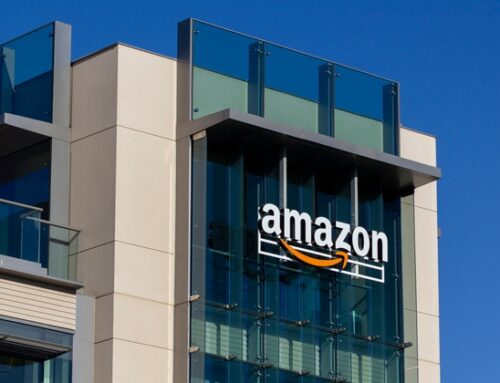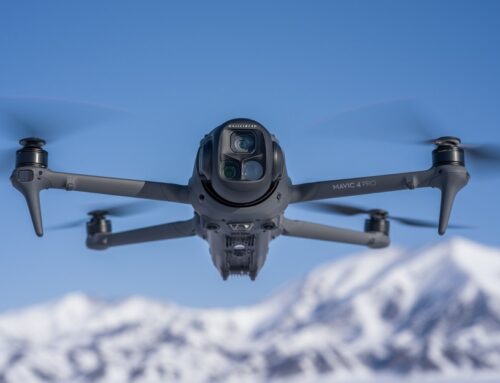Shifting politics, energy needs raise questions about New York State’s ambitious climate g
October 27, 2025
ALBANY — A lot has changed since New York enacted the most ambitious clean-energy goals in the nation six years ago.
The COVID-19 pandemic, a skyrocketing demand for electricity, the Trump administration’s effort to stop wind and solar power development and more have combined to slow New York’s shift away from fossil fuels. Gov. Kathy Hochul has acknowledged that the state cannot meet its 2030 renewable energy goals, and the independent operator of the state’s power grid has issued a reverberating warning about supply reliability over the next decade.
It’s sparked some to call for Albany, where the State Legislature reconvenes in January, to revisit the landmark “Climate Leadership and Community Protection Act.” While its goals still enjoy support, the timetable needs adjusting, they say.
“It’s like waking up one morning and deciding you’re going to run a marathon and you want to do it tomorrow,” said Heather Briccetti Mulligan, CEO of the New York State Business Council.
- Higher forecasts for energy demand and the Trump administration’s posture are leading some to call on New York officials to revisit the landmark “Climate Leadership and Community Protection Act” that sets aggressive goals for green energy. They say the timetable needs adjusting.
- The issue could spark tension between a Democratic governor and Democrat-controlled Legislature ahead of 2026 statewide elections. Though the goal of 70% renewable energy by 2030 is more aspirational than consequential, the message is important, some Democrats and environmental groups contend.
- Gov. Kathy Hochul has acknowledged that the state cannot meet its 2030 renewable energy goals, and the independent operator of the state’s power grid has issued a reverberating warning about supply reliability over the next decade.
It’s not just business groups, or Republicans in the state Senate and Assembly, who are talking about adjusting the timetable. Sources say the Hochul administration has raised the issue in “staff to staff” talks ahead of January, when the Legislature reconvenes in Albany and the governor proposes a new state budget.
Hochul hinted as much Friday when fielding reporters’ questions on energy and other topics in Rochester.
“We’re dealing with some realities we didn’t expect,” the governor, calling herself “pragmatic,” said. “Very ambitious and well-meaning and important goals were set in place. What does it look like a few years later?”
‘Wrong signal’
The issue could spark tension between a Democratic governor and Democrat-controlled Legislature ahead of 2026 statewide elections. Though the goal of 70% renewable energy by 2030 is more aspirational than consequential, the message is important, some Democrats and environmental groups contend.
“I think changing them (the goals) right now sends the wrong signal,” Sen. Pete Harckham, a Westchester Democrat and chairman of the Environmental Conservation Committee, said.
“We still need to be urgent about this stuff. We need to really stay focused because we need to send a signal to the marketplace as well that New York is open for business” for clean energy projects, the senator said.
This wouldn’t be the first time Hochul raised the idea of changing the clean energy timetable. She tried in 2023, only to be rebuffed.
But that was before President Donald Trump returned to the White House in 2025 and set out to pull permits for various wind and solar projects, including in New York. And it was before New York grid operators issued a report saying a spike in electricity demands combined with an aging power infrastructure will challenge the grid’s reliability over the next decade.
Further, some communities on Long Island and elsewhere have been resistant to permitting battery-energy storage systems — a cornerstone of Hochul’s green energy plans.
In response, Hochul unveiled a plan to build a nuclear power plant upstate and her state agencies have taken steps to reconsider a natural gas pipeline that would deliver energy from Pennsylvania to New York City. Revisiting the climate law goals would be another step in embracing political and energy reality.
“The governor remains committed to renewables and to a clean-energy transition,” Hochul spokesman Ken Lovett told Newsday. “But the pace of the goals, which were set by a previous administration … the timing has got to work with the goals of keeping the lights and heat on for New Yorkers as well as affordability.”
Hochul took office in 2021, following the resignation of Andrew M. Cuomo, who had signed the climate law into effect in 2019.
‘Just not realistic’
Republicans have long called for resetting the goals, though outnumbered 2-1 in the Legislature, they have little power beyond public pressure.
“They’re just not realistic goals at this point,” Assemb. Edward Ra (R-Garden City South), ranking Republican on the powerful Ways and Means Committee, said.
He said New York should take an “all of the above” approach to energy, including supporting the use of natural gas and nuclear power.
“I think we all understand the need to be greener and more environmentally conscious,” Ra said. “But building a new grid takes time. And the average homeowner cares more about affordability and reliability than an arbitrary goal.”
Leading environmental groups say the goals don’t need to be changed because the 2019 law provides enough flexibility to adjust.
Perhaps more importantly, the warnings about power supply and reliability should make lawmakers focus on “delivering projects in the pipeline” rather than aspirational goals.
“What we can do is streamline or cut red tape for advancing solar (power), for advancing battery storage and cutting red tape so wind (power) is in a better position for when there is a more friendly federal administration,” Julie Tighe, president of the New York League of Conservation Voters, said.
The grid report, Tighe said, “really points out the importance of transmission and the importance of advancing on all these fronts. We need to keep making progress toward the 2030 goals, even if we fall a little short.”
Speeding up projects
Lovett noted Hochul on Sept. 26 directed state agencies to accelerate some 102 hydroelectric, solar and off- and onshore wind projects and opened an application period for other large-scale, land-based renewable energy projects, which is designed to advance projects before federal tax credits expire.
Also, a hydroelectric project called the Champlain Hudson Power Express, which involves running a cable from Quebec to New York City, is set to come online next year.
That’s one thing progressive Democrats can endorse: Get development moving.
“We have this pretty extensive list of projects in the pipeline,” Harckham said. “The question is: How do we break the logjam and get some of these things approved?”
Search
RECENT PRESS RELEASES
Related Post




